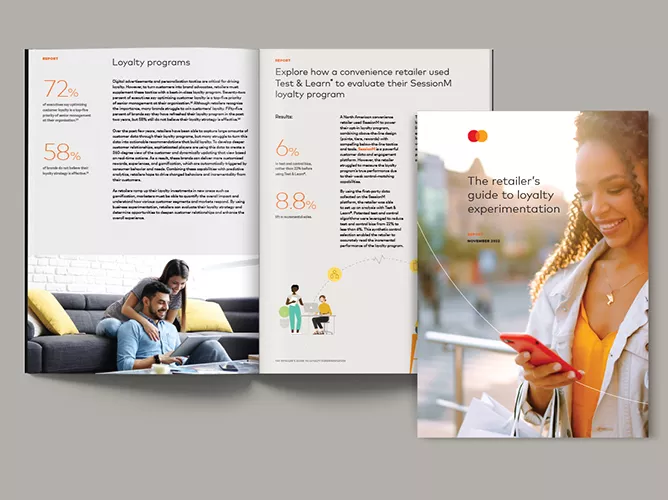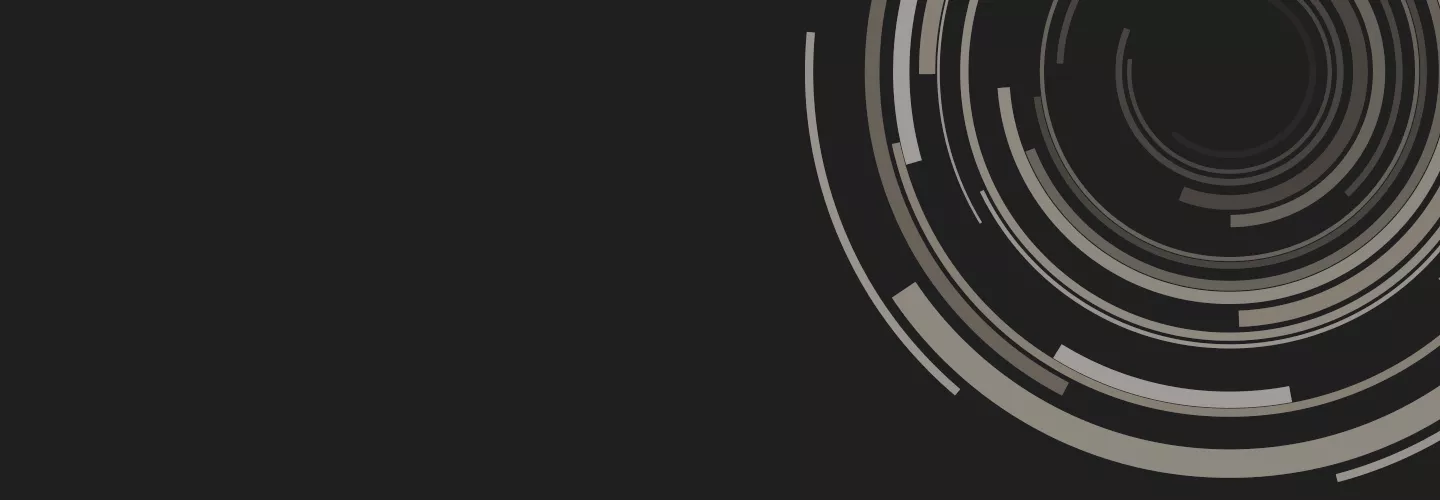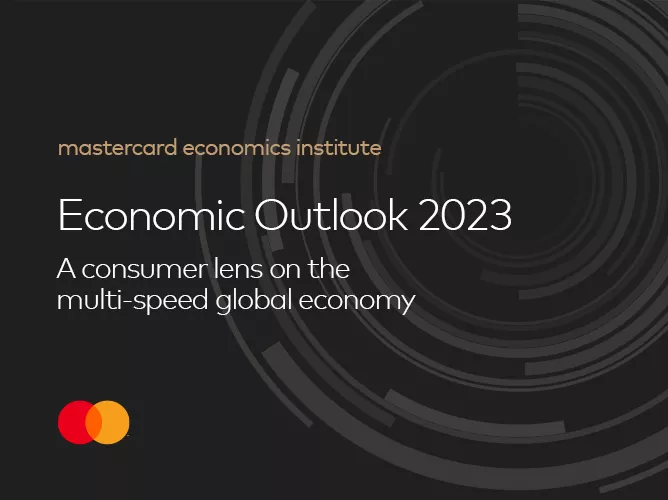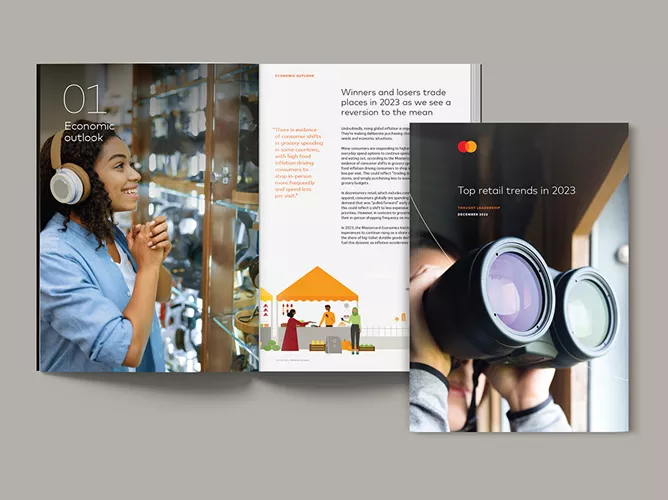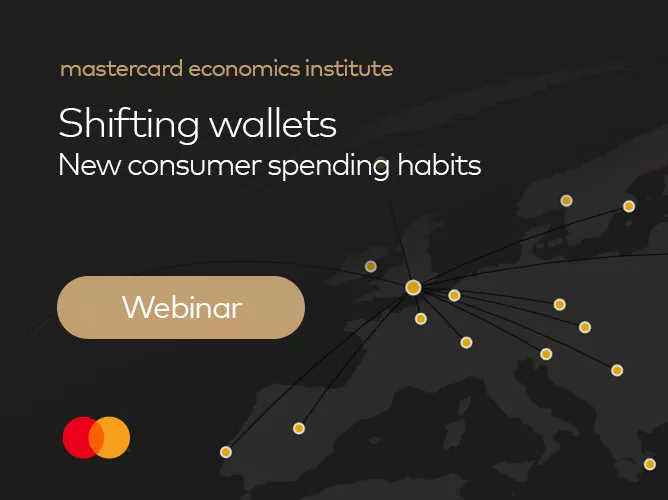This webinar originally aired January 12, 2023.
As we step into 2023 with economic uncertainty at our doorstep, organizations must embrace strategic, data-backed decision making to optimize business performance against volatile market conditions. Business experimentation will be key to making sense of the multi-speed headwinds unfolding across markets and industries, and winning the long game with sustainable and resilient business growth.
Sharing insights from the latest Mastercard Economics Institute report Economic Outlook 2023, this 75-minute session will explore:
Macroeconomic dynamics alongside consumer spend and travel trends in 2023 to watch out in Asia Pacific and beyond
Key business experimentation strategies to optimize cost, pricing, and operations — in the face of inflation, hiking interest rates and slowing economic activity
Real-world case studies on how brands are using a data-driven approach to drive incremental value when making tough business decisions
Speakers:



